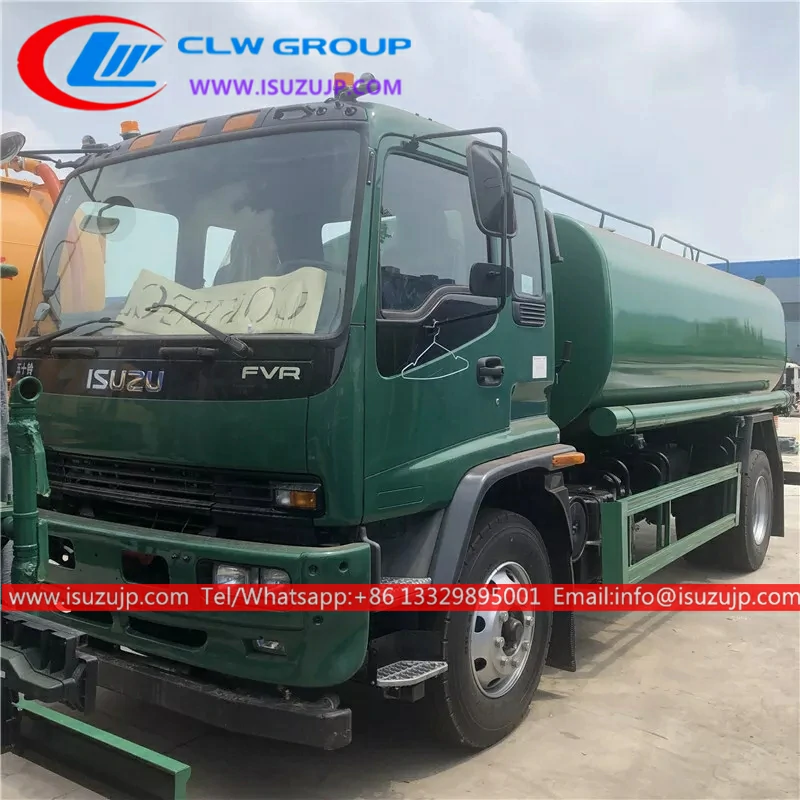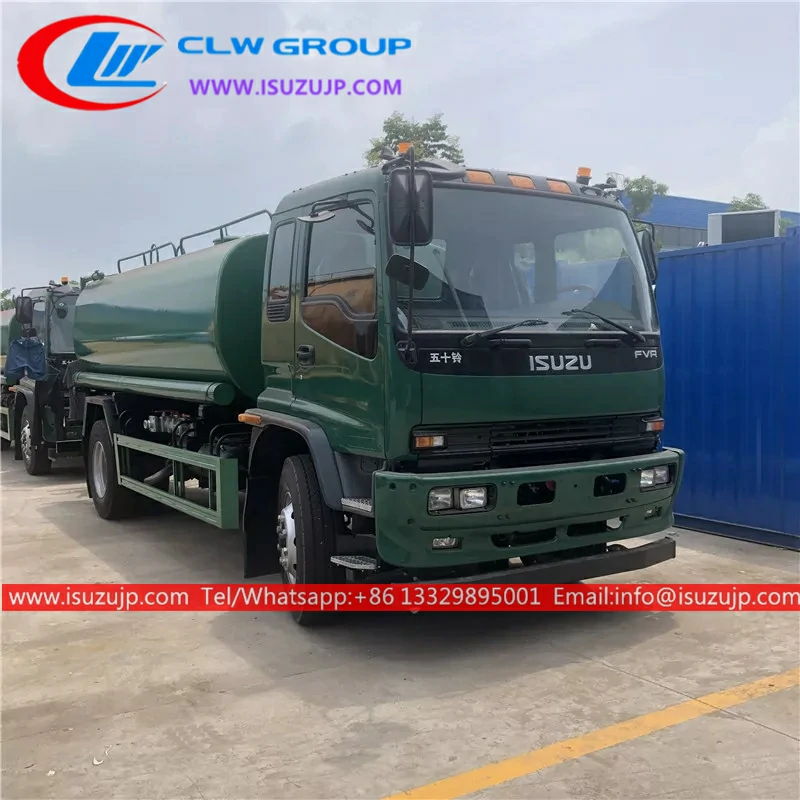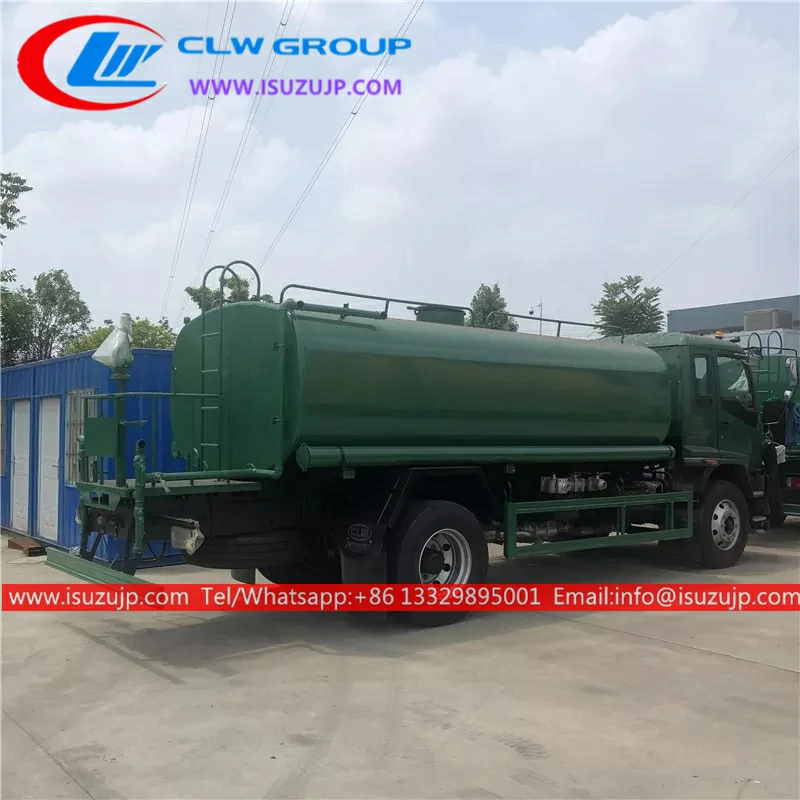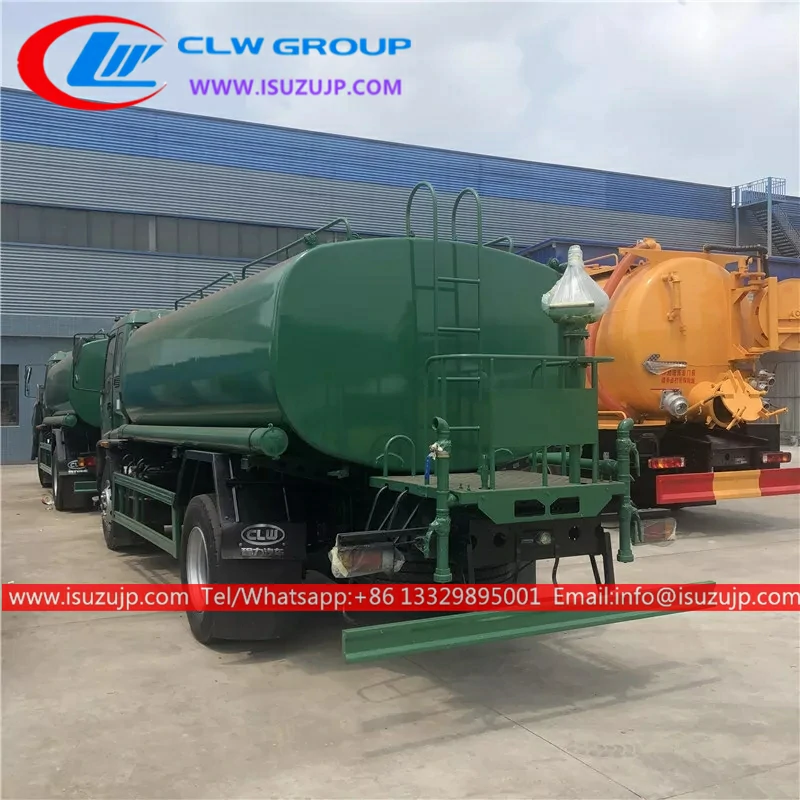Recently, a rider sent a private letter to the editor in the background, saying that he wanted to buy a potable water tanker, but he was afraid that the tonnage he bought would not be appropriate. After all, the tonnage is different, and the price difference is quite large. I just want to know the effective volume of the potable water tanker. How is this calculated?

In the editor’s opinion, the effective volume of the potable water tanker tank is indeed an important reference standard for the majority of riders to measure whether the purchased potable water tanker meets their own requirements when purchasing a vehicle.
Generally speaking, there are two methods for calculating the effective volume of a potable water tanker:
One: Formula calculation method
There is a special formula for the calculation of the effective volume of the potable water tanker tank. The shape of the water tanker on the market is nothing more than an oval tank and a square tank.
The calculation formula of the effective volume of the oval tank is long X long axis X short axis X0.785; while the effective volume calculation formula of the square tank is: long X long axis X short axis X0.85.
The tank body of a potable water tanker is professionally said to belong, the long axis and short axis. In order to facilitate the understanding of the majority of riders, it is commonly said that it is length, width and height.

For example, a potable water tanker, its tank is 4 meters long, 2 meters wide and 1.5 meters high.
If it is an oval tank, the effective volume of the tank is 4×2×1.5×0.785=9.42 cubic meters;
If it is a square-shaped tank, the effective volume of the tank is 4×2×1.5×0.85=10.2 cubic meters.
If it is filled with water, since the density of water is 1:1, that is to say, 1 cubic meter = 1 ton of water and 1 ton of water = 1000 liters. Therefore, the oval tank can hold 9.42 tons of water, while the square tank can hold 10.2 tons of water.
Therefore, relatively speaking, for tanks of the same size, the effective volume of a square tank is larger than that of an oval tank.

If it is loaded with gasoline or diesel, it is different, after all, the conversion between different media is different. 1 ton of gasoline = 1388 liters, 1 ton of diesel = 1176 liters.
You may wish to calculate, how much gasoline can a potable water tanker with an oval or square tank body be 4 meters long, 2 meters wide and 1.5 meters high? If you install diesel, how much can you hold?
Two: Quality conversion algorithm
If the riders feel that the formula calculation method is troublesome, the common method of the quality conversion algorithm can also be used, but the specific operation will be more cumbersome.
- First, drain all the water in the potable water tanker, weigh out the weight of the empty vehicle with a floor scale, and record it.
- Then fill the tank of the potable water tanker with water and weigh it again to get the full weight.
- Subtract the weight of the empty car from the full load weight to get the weight of the tank that can be filled with water, and then according to the volume = mass/density, the effective volume of the tank can be obtained.

Regarding the calculation of the effective volume of the potable water tanker, the editor will share it here today. Car friends, pay attention to the water tonnage when purchasing a potable water tanker, remember to take the calculated result as the standard!
